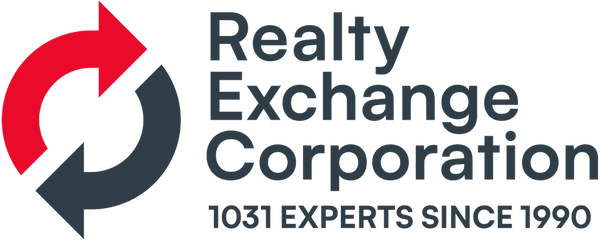Following all rules and regulations of a 1031 Exchange is critical to achieving deferral of capital gains taxes on the sale of an investment property. Missing a step, or completing it incorrectly, may give the IRS reason to challenge an Exchange transaction. A critical step many taxpayers misunderstand is the 45-day identification requirement. It is crucial to check an identification list with a tax advisor before submitting it to a party to an exchange, usually the Qualified Intermediary.
Three Property Rule – The first rule of the 45-day identification list is simple: the list may include up to three specific “unambiguously” described properties of any value.
200% Rule –The second rule allows an investor to identify more than three potential replacement properties – IF the total combined value of the properties listed does not exceed 200% of the value of the property(s) originally sold. This rule can be helpful in tight markets or when an investor wants to buy multiple lesser-value properties to replace the real estate value that was given up.
95% Rule – The last rule supplements the first two and is rarely used. It requires the purchase of at least 95% of the identified list – IF the list includes more than four properties and the combined total values exceed 200% of the value of a relinquished property. This rule is primarily useful if the goal is to exchange into multiple properties bundled in a portfolio and the combined portfolio value is more than twice as expensive as what was sold.
The identification rules provide some flexibility in selecting replacement property. In today’s real estate environment, getting the targeted replacement property under contract as soon as possible is ideal. The 1031 Exchange rules define ownership dates, not contract dates. Successful exchangers have planned the 1031 Exchange process, knowing where and what they want to buy well in advance for the relinquished property settlement.
In conclusion, when considering a 1031 Exchange, pay attention to the identification rules to ensure the successful completion of a 1031 Exchange. It is also critical to work with a qualified tax advisor, separate from a Qualified Intermediary, to guarantee compliance with all guidelines and requirements.
